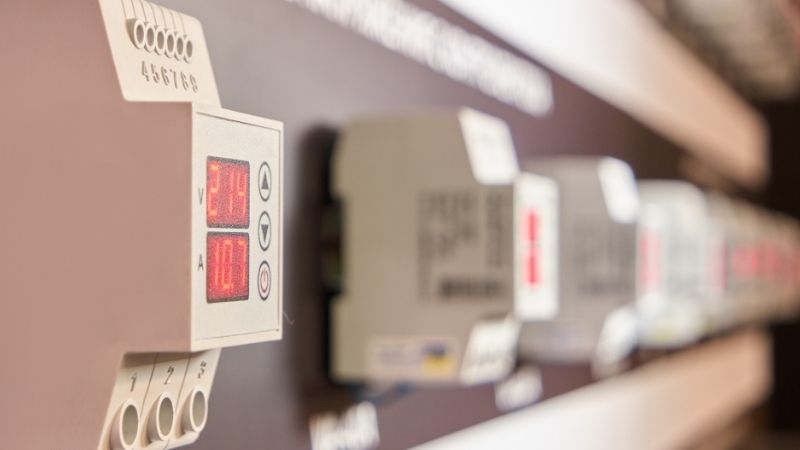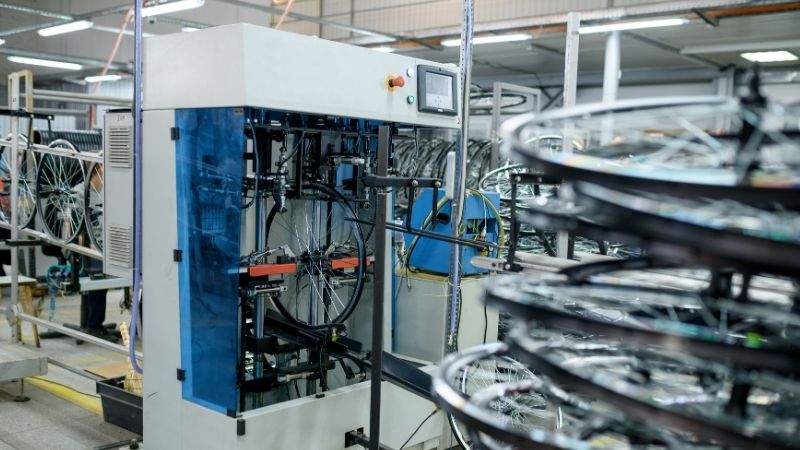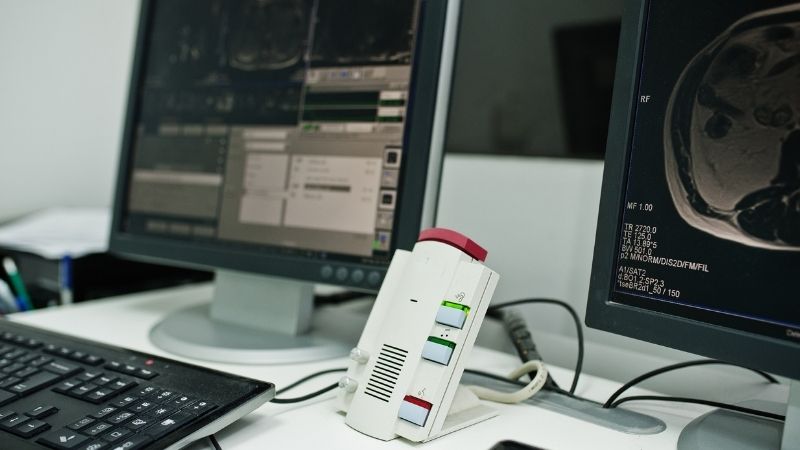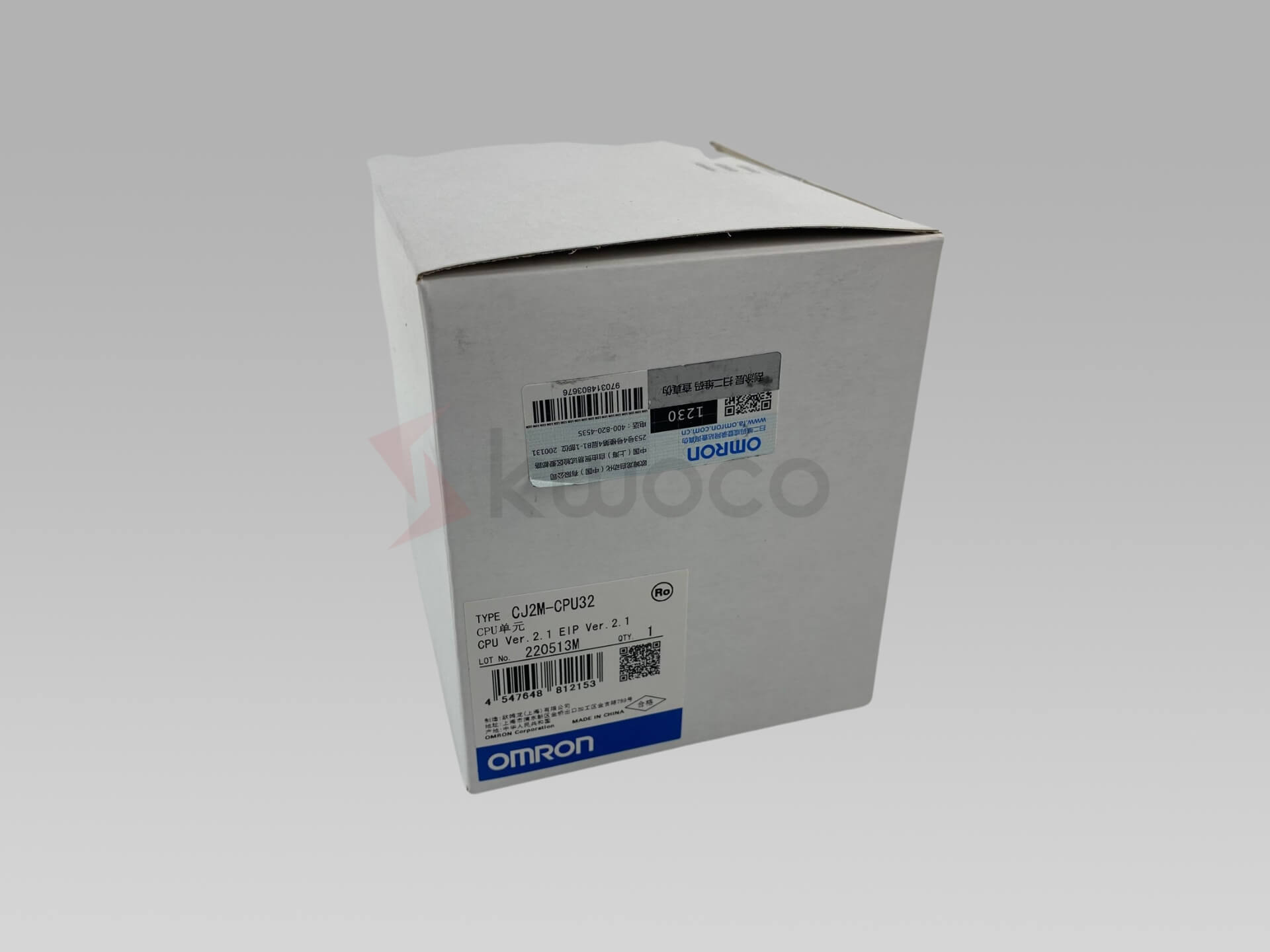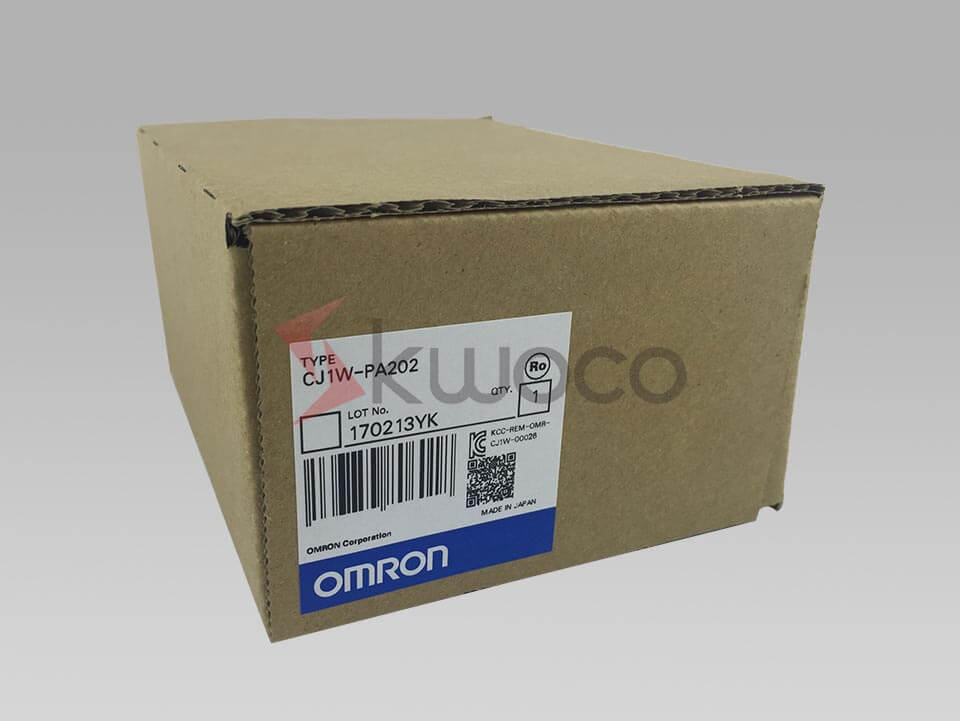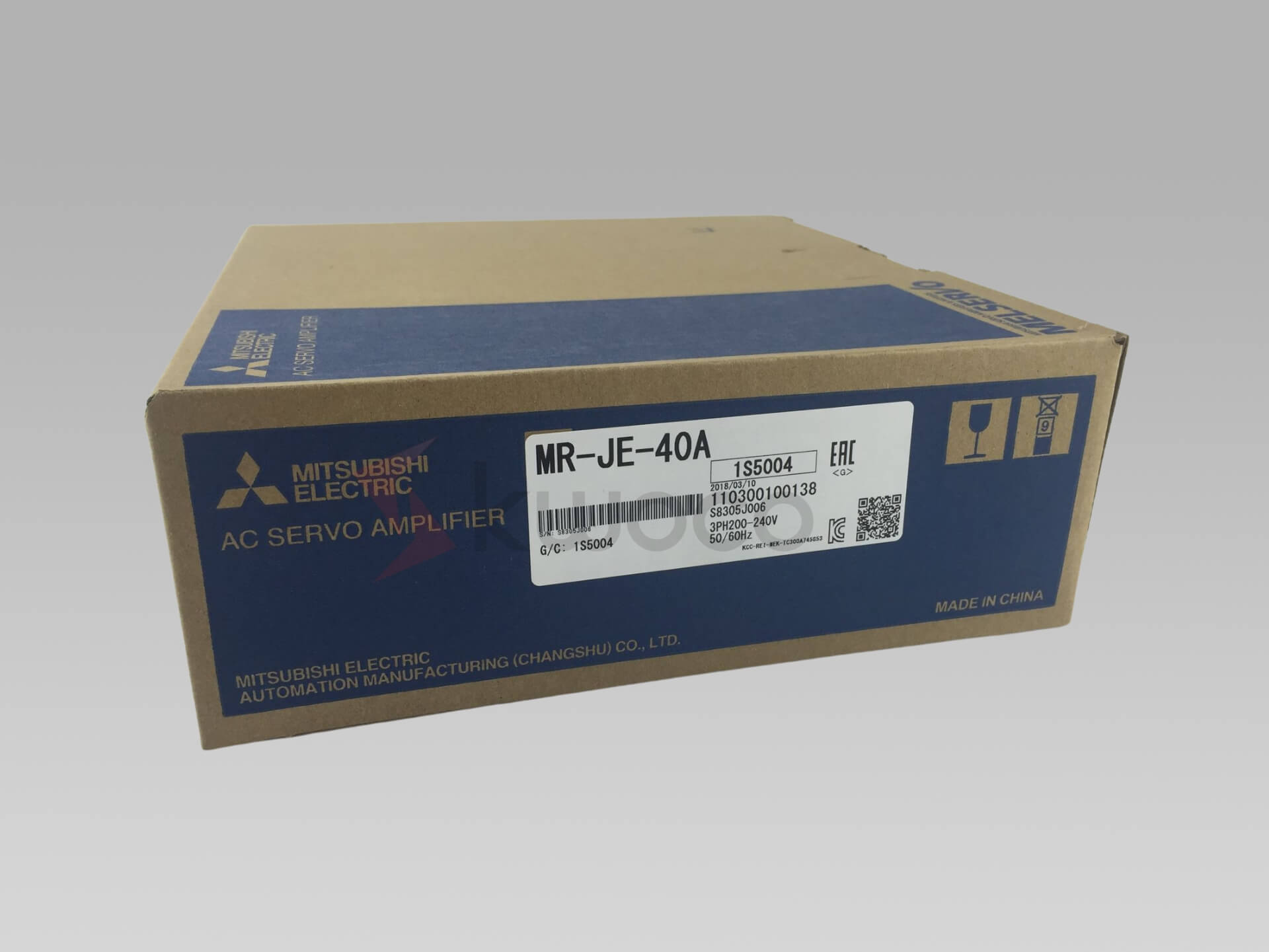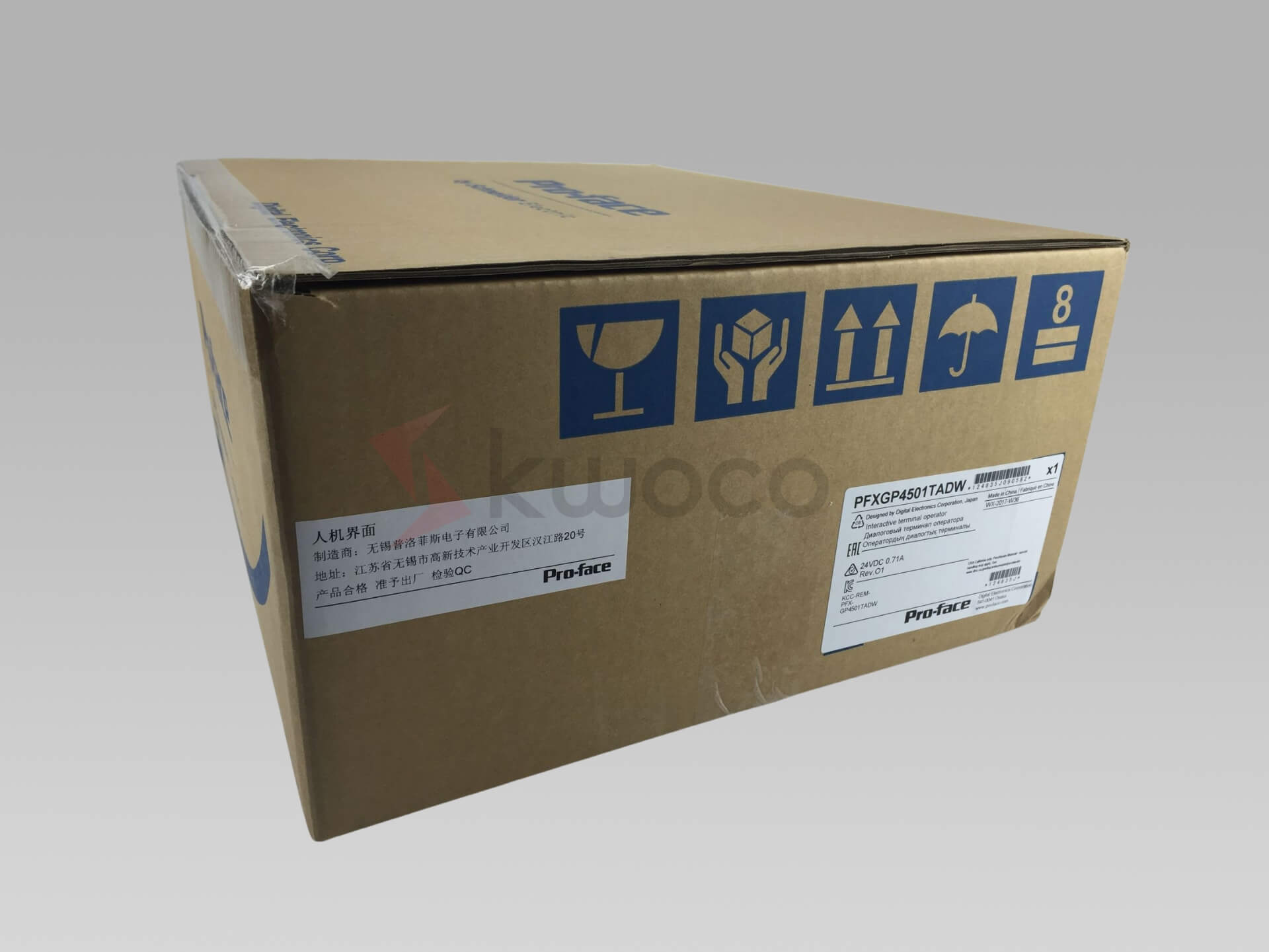Understanding PLC Cycle Time: Optimize Your Automation
Table of Contents
What Is PLC Cycle Time and Why Does It Matter?
PLC cycle time is the time it takes for a Programmable Logic Controller (PLC) to complete one full cycle of its program. This involves reading all the inputs, processing the logic, and updating the outputs. Think of it as the time your PLC takes to think and act before starting over again.Understanding PLC cycle time is important because:
- It affects the response time of your system.
- It determines how quickly your automation processes react to changes.
- It helps identify if your PLC can handle additional tasks without slowing down.
The Stages of PLC Cycle Time
A typical PLC cycle consists of:
- Input Scan: The PLC reads the status of all input devices.
- Program Execution: It processes the PLC code or user program.
- Output Scan: The PLC updates the status of all output devices.
- Communication and Overhead Tasks: Handles any communication load and system diagnostics.
This repetitive process forms the backbone of your automation system’s operation.
How Does the PLC's CPU Influence Cycle Time?
The CPU is the brain of the PLC. Its performance directly impacts the PLC cycle time. A faster CPU can execute the program quicker, reducing the cycle time. However, as the logic in your program becomes more complex, even a powerful CPU might struggle.
Factors Affecting CPU Performance
- Programming Complexity: Complex logic requires more processing time.
- Communication Load: High communication load with other devices can slow down the CPU.
- Hardware Limitations: Older or less capable hardware may result in longer cycle times.
For example, if you’re using a Siemens PLC and notice delays, it might be time to look into upgrading your CPU or optimizing your program.
Why Might PLC Cycle Time Exceed Acceptable Thresholds?
Sometimes, the PLC cycle time exceeds what is acceptable for your application. This could lead to slow responses or even system failures.
Common Reasons for Increased Cycle Time
- Inefficient Programming: Unnecessary or poorly written code can increase the cycle time.
- Excessive Communication Load: Too much data exchange with devices like HMIs or other PLCs adds to the CPU load.
- Hardware Constraints: Outdated hardware might not keep up with the demands of the program.
Monitoring is key. By keeping an eye on the cycle time, you can identify when it goes beyond the acceptable threshold and take action.
How Can You Monitor and Optimize PLC Cycle Time?
Maintaining an optimal PLC cycle time ensures your automation system runs smoothly. Here’s how you can keep tabs on it and make improvements:
Visualizing Values Over Time Using a Graph
Visualizing values over time using a graph provides an intuitive way to see how your cycle time changes. This method can draw attention to anomalies that would be harder to notice by just having absolute values.
Setting Acceptable Thresholds
Establish acceptable thresholds for your cycle time. If the threshold is exceeded, you can be alerted to investigate and address the issue.
Optimization Techniques
- Simplify Your Logic: Review your PLC program to remove unnecessary steps.
- Upgrade Hardware: Consider more capable CPUs or additional memory.
- Manage Communication Load: Optimize how your PLC communicates with other devices to reduce overhead.
For instance, if you’re using an HMI, ensure it’s configured efficiently to minimize its impact on the cycle time.
How Does Programming Affect PLC Cycle Time?
The way you write your PLC code can significantly impact the cycle time.
Efficient Programming Practices
- Use appropriate programming languages like Ladder Logic, Function Block Diagrams, or Structured Text that suit your application.
- Testing new code thoroughly to ensure it doesn’t unnecessarily slow down the cycle.
- Modularize your code to make it easier to manage and optimize.
Interrupts and Special Functions
Utilize cyclic interrupts and timers wisely. For time-critical tasks, interrupts can ensure certain code runs every specific period without affecting the overall cycle.
Frequently Asked Questions
An acceptable PLC cycle time depends on your application’s needs. For most processes, cycle times from a few milliseconds (ms) up to 100 ms are common. Determine what your process requires and set your acceptable threshold accordingly.
- Optimize Your Program: Simplify the logic and remove unnecessary instructions.
- Upgrade the CPU: A faster CPU can process instructions quicker.
- Reduce Communication Load: Limit the amount of data exchange with other devices.
Yes, integrating an HMI can impact cycle time due to increased communication load. Ensure that your HMI is configured to communicate efficiently with the PLC.
Fluctuations can occur due to varying logic execution times, changes in communication load, or differing inputs causing different paths in the program to run.
Power your projects with brand-new, original Omron, Mitsubishi, Schneider PLC – in stock, ready now!
Conclusion
- PLC cycle time is crucial for system responsiveness.
- CPU performance, programming efficiency, and communication affect cycle time.
- Monitoring and optimization prevent performance issues.
Utilize resources and products to enhance your automation setup.
By understanding and managing your PLC cycle time, you ensure that your automation processes are efficient, responsive, and reliable. Regular checks and optimizations can make a significant difference in performance.
Looking for new, original PLCs for your projects? At Kwoco, we stock the latest PLCs from top brands like Omron, Mitsubishi, and Schneider. Shop with confidence—fast shipping, guaranteed quality! Buy Now
Contact Us
Just fill out your name, email address, and a brief description of your inquiry in this form. We will contact you within 24 hours.
You May Also Find These Topics Interesting

Limit Switches Explained: Types, Uses, and Working Principles
Limit switches are a critical component in numerous devices and machines, playing a key role in detecting the presence or absence of an object. Whether it’s a refrigerator door or an industrial machine, limit switches are behind-the-scenes heroes, performing functions that ensure smooth operation and safety.
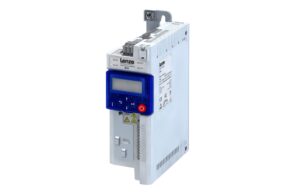
Lenze Drive Error Codes: How to Connect, Operate, and Fix Common Faults
This article provides a comprehensive guide to understanding, troubleshooting, and resolving common fault codes in Lenze drives. If you’re working in industrial automation, particularly with machinery and equipment factories or manufacturing plants, this guide will be an invaluable resource. We delve into the intricacies of Lenze drive error codes, offering practical solutions and expert insights to enhance your operational efficiency and minimize downtime. Understanding these error codes is essential for maintaining the reliability and longevity of your equipment.
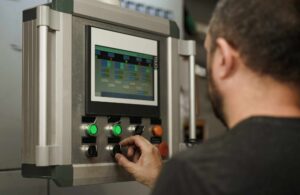
Unveiling the Role of Human-Machine Interfaces in Industrial Automation
In the ever-evolving world of industrial automation, the connection between humans and machines has become more crucial than ever. Human-Machine Interfaces (HMIs) serve as the bridge that allows operators to interact seamlessly with complex industrial systems. This article explores the significance of HMIs, their types, and their future in industrial environments. Dive in to discover how HMIs optimize processes, reduce human error, and shape the future of industrial operations.

